Ukraine did not use the missiles that Western countries provided them in these attacks, they used a new type of weapon to bring the war back to Russian territory: Unmanned Aircraft (OWA).
Ukraine using strike forces to destroy Russian bases and aircraft would be a crucial step in the conflict. And the UK could help them produce these terrifying weapons for a new mission.
With support from Western countries through the provision of high-quality components, Ukraine may soon be able to conduct a drone campaign that surpasses Russia in both scale and intensity.
Drone attacks have become part of Russia’s special operations campaign in Ukraine. Since the beginning of 2022, Russia has purchased and launched more than 1,200 Shahed drones from Iran against everything from power substations in Kyiv to grain warehouses in Odessa, Reni and Izmail. Russia has expanded the scope of this campaign and brought production lines from Iran to its own factories.
Ukraine has already conducted some drone strikes, but has not yet been able to scale up production to the level that Russia has purchased. Ukraine will soon be able to increase the number as it produces its own.
OWAs offer a balance of lethality and sustained use. These aircraft, with wingspans of 2m or more, can carry 20 to 50kg of explosives hundreds of miles. 50kg of explosives may be a smaller payload than conventional missiles, but they are still very effective against soft targets such as warehouses, radars and oil facilities.
Advanced technology has dramatically reduced the cost of precision weapons like the OWA. Western drone technology is increasingly available commercially, even in countries like Russia and Iran that are subject to sanctions. In addition, commercial satellite services provide precise coordinates of potential military and industrial targets.
While the OWAs aren’t perfect—they can’t change targets in flight and are often unprotected from air defense and electronic countermeasures—the 1,200 Shaheds that Russia operates cost a mere $60 million in total, a far cry from the amount of money Russia has invested in advanced missiles. But the Russian aircraft have been plaguing Ukraine for months, threatening the country’s electricity supply. And now they’re posing a threat to Ukraine’s grain exports.
But these OWAs could soon become a much bigger headache for Russia. With their long range, large reserves, and intelligent targeting, Ukraine could force Russian defense forces to defend every airfield, storage facility, refinery, and other expensive infrastructure. Attacking refineries would be a significant risk for Ukraine, since Russia depends on oil revenues, and Russian leaders would divert air defense assets to protect them if they were under constant threat.
But for these strikes to have any real or symbolic significance, they would need to be carried out regularly and with enough intensity to challenge Russian air defenses and cause damage to the Russian campaign. Attacking Russian industrial and military targets on a scale comparable to the Shaheds would require Ukraine to deploy hundreds rather than dozens of aircraft over the next year. The aircraft the UK has pledged to provide could help achieve this, but there is no sign of them arriving soon.
So Ukraine’s partners – including the UK – need to supply OWA components to Ukrainian manufacturers. Buying commercial components would be inefficient for the scale Ukraine needs to achieve with OWA production, and a fundraising campaign would compete with funding for other drones. Unlike Ukraine’s other tactical drones, scaling up OWA production requires standardized components, a stable supply chain, and centralized production to take advantage of economies of scale. The navigation components alone can cost more than a Shahed-136 if purchased individually, so the US, UK, and other countries will need to work with their manufacturers to reduce costs and buy in bulk.
The decision to support Ukraine’s drone industry is fully consistent with the Ukrainian government ’s policy of promoting domestic arms production. With Ukrainian industry already entering the OWA production process, Ukraine has the foundation to expand its scale and create an opportunity to make Ukraine’s war effort more self-sustaining. Supplying parts to the Kyiv government would also be a cheaper and less controversial option than supplying long-range missile systems and would not compromise the donor country’s military readiness.
Western assistance in the production of drones in Ukraine would help Ukraine against Russia now and NATO in the future. Iran’s policy of spreading drones to Russia and other partner countries has shown that cheap drones can impose a huge cost on even the most rudimentary air defenses. NATO’s smallest members would quickly jump at the chance to strike targets hundreds of miles away and reduce the risk that they will one day find themselves in the same situation as Ukraine.
Ukraine needs all the support it can get right now. The decision to support them in this new phase of drone warfare is a low-cost decision for the UK to make, but one that could have huge benefits.
Nguyen Quang Minh (according to Telegraph)
Source


![[Photo] Students of Binh Minh Primary School enjoy the full moon festival, receiving the joys of childhood](https://vphoto.vietnam.vn/thumb/1200x675/vietnam/resource/IMAGE/2025/10/3/8cf8abef22fe4471be400a818912cb85)


![[Infographic] Notable numbers after 3 months of "reorganizing the country"](https://vphoto.vietnam.vn/thumb/1200x675/vietnam/resource/IMAGE/2025/10/4/ce8bb72c722348e09e942d04f0dd9729)










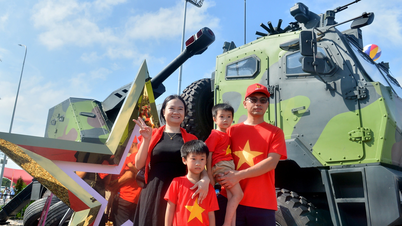

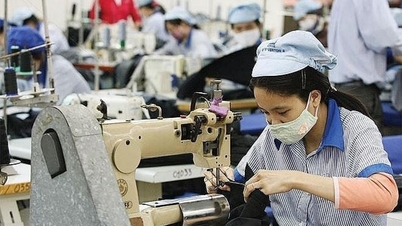



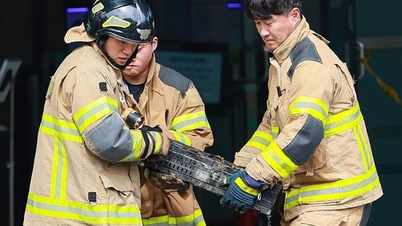












![[Photo] Prime Minister Pham Minh Chinh chairs meeting to deploy overcoming consequences of storm No. 10](https://vphoto.vietnam.vn/thumb/1200x675/vietnam/resource/IMAGE/2025/10/3/544f420dcc844463898fcbef46247d16)






































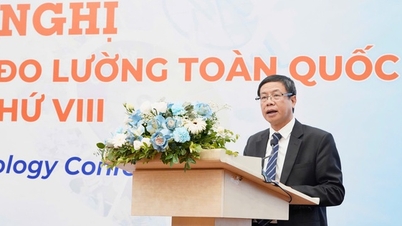













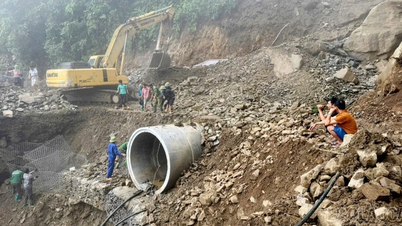

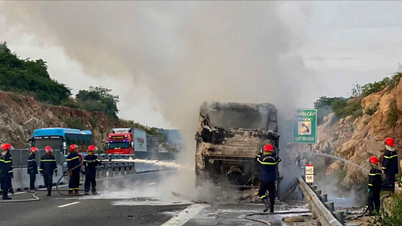















Comment (0)